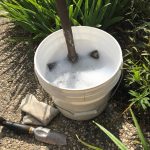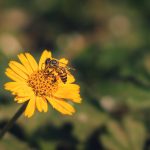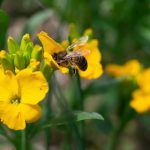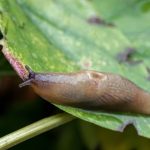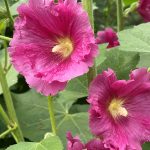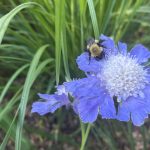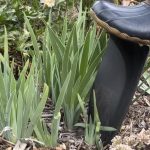Lilacs are wonderful shrubs for our Zone 3 Canadian prairies. Each spring their fragrant blossoms grace our landscapes and table tops as we celebrate the return of warm temperatures and a new growing season.
Let’s talk about some interesting facts about Lilacs, the best location for growing Lilacs, and which Lilacs are the best for the Edmonton area.
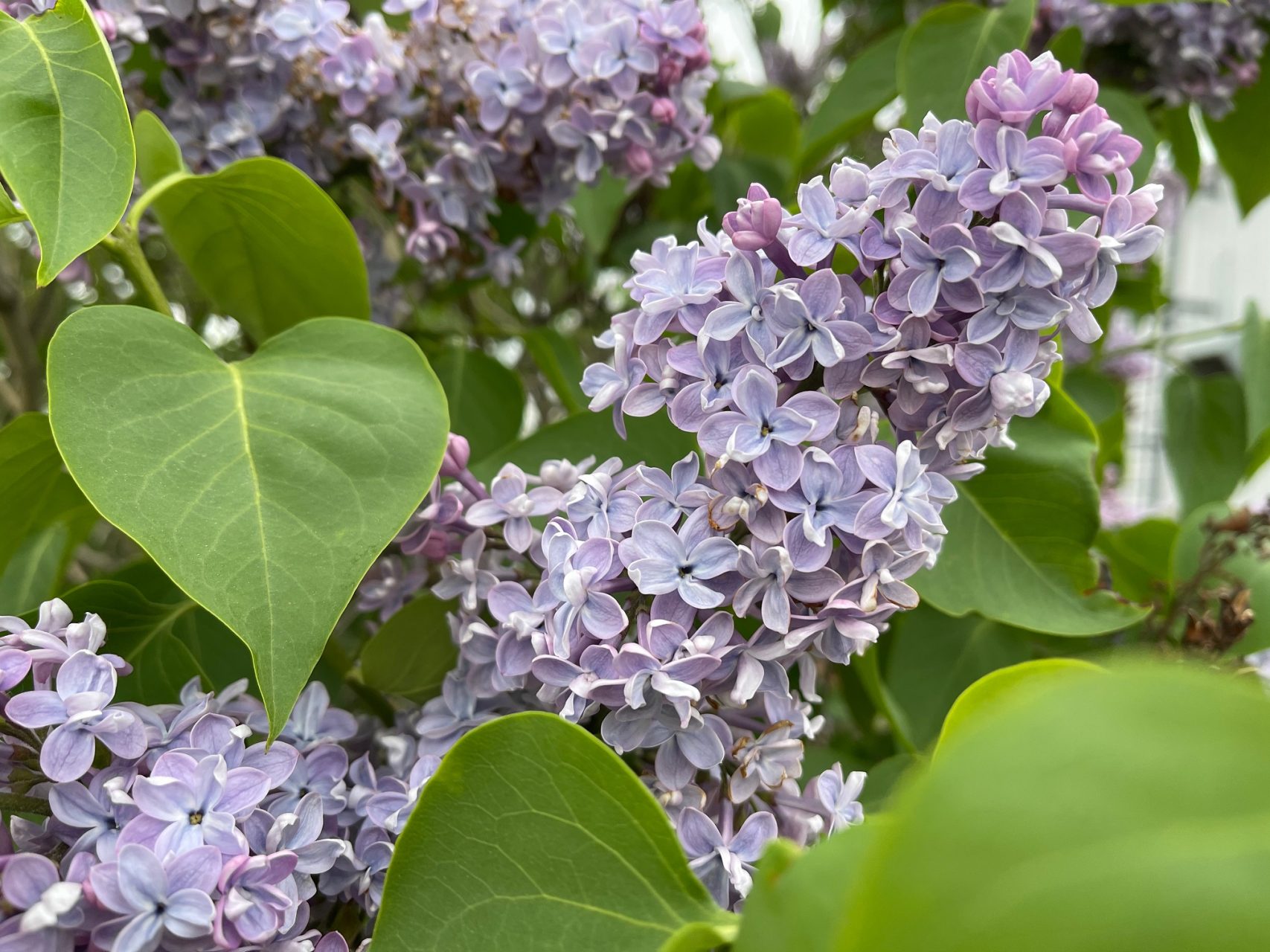
Facts about Lilacs
Throughout the centuries, Lilacs have always been treasured for their beauty and fragrance. Here are some interesting facts about them:
Lilacs are a member of the Olive family. Sounds exotic, right? Other relatives of this group include other aromatic shrubs like Forsythia and Jasmine. Lilacs are native to the cooler Macedonian mountainous regions of Romania, Bulgaria, and Serbia. From here, they were brought to grace royal courts across Europe & Asia.
Their genus name is Syringa, meaning ‘tube’, which is a reference to the shape of the individual flowers.
It is thought that Lilacs made their way to North America with the early settlers of the 1700s. Lilacs are well suited to our climate, most boast of a zone 2 & 3 hardiness, handling our -35C winters with ease.
Lilac flowers are a collection of individual trumpet shaped, 4 lobed florets that range in colour from white to shades of purple lavenders and red lavenders. They make lovely cut flowers, lasting up to 5 days in fresh water.
Lilac shrubs are low care and long living — up to 70 years or longer — which made them a great landscaping option for the prairies during the days of homesteading. They are still a wonderful landscaping option today.
Lilacs make a good addition to the pollinator garden, bees love their trumpet shaped flowers.
Lilac flowers have a sweet taste and one of the newest trends is using the florets to make simple syrup and jellies.

The Best Location for Growing Lilacs
Lilacs are classified as a shrub. Some can grow as high as 13-15 feet (4-4.5 m) and as wide as 23 feet (7 m). Their leaves are dark green, smooth, and heart shaped.
Lilacs can take a while to establish and get flowering, sometimes up to 5 years, so site selection is important.
The Best Conditions for Optimal Lilac Growth:
- Lilacs need at least 6 hours of direct sunlight a day to thrive.
- Lilacs grow best in well draining soil, they don’t like to have their feet wet.
- 2-3 inches of mulch helps to keep their roots cool and retain soil moisture.
- Water lilacs regularly during periods of drought, their leaves will flag when they are dry.
- Lilacs don’t like to be crowded, so give them ample space to grow, noting the specifics of their dimensions on their label.
- Lilac buds for the next spring are set during the summer. This process is initiated by warm temperatures, not accumulated hours of light, which is the case for many other flowers. Lilac buds also need a vernalization period (cold time) to open and our winters are delighted to accommodate this requirement.
- Pruning can affect flowering — because Lilacs set their buds on the previous year’s growth, prune them right after they flower. Pruning later can eliminate the buds that have grown.
- Too much fertilizer can inhibit flowering by changing the focus of their growth to lush green leaf development rather than flowering. After the first or second year of growth, they generally don’t need added fertilizer if they are growing well. If you would like to fertilize, use a balanced slow release fertilizer (10-10-10 or 5-10-10) early in the spring as growth begins.
Good Lilacs for Zone 3:
Amongst the oodles of Lilac varieties available, let’s talk about a three general types of Lilacs (a large, a medium, and a small) that work well for the Edmonton area (Zone 3):

1. French Lilacs
French Lilacs are an older class or heritage class of Lilac, they are also called Common Lilacs. There are different varieties within this class. French Lilacs are best suited for an acreage-type of landscape where you need to cover a lot of real estate.
- French Lilacs grow to be quite large. Heights range from 8 feet to 15 feet (2.4m – 4.5m) and width ranges 10 to 15 feet ( 3m – 4.5m), depending on the specific variety.
- They have large blossoms, are heavenly fragrant and last well as cut flowers.
- French Lilacs also sucker, so if you are looking to cover a lot of space, this is advantageous. If your yard is smaller, this may not be your option.
- ‘Sensation bicolour’ is a good and newer variety with purple & white florets.
- Other varieties are ‘Agincourt Beauty’, ‘Beauty of Moscow’, ‘Bridal Memories’, ‘Katherine Havenmeyer’
2. Preston Lilacs
Preston Lilacs were originally hybridized by a woman named Isabella Preston at the experimental farm in Ottawa, Ontario.
- Preston Lilacs are smaller than French Lilacs, growing up to 10 feet tall (3m) and 8 feet wide (2.4m), again, depending on the variety.
- These are fragrant, profusely flowering shrubs.
- Preston lilacs tend to be a little later blooming, about 2 weeks later that common lilacs.
- ‘Royalty’ – is a newer variety with large, classic, dark purple flowers.
- Other varieties are ‘Coral’, ‘Donald Wyman’, ‘Holger’, ‘Minuet’, ‘Miss Canada’
3. Dwarf Korean Lilacs
Dwarf Korean Lilacs are native to northern China and Japan. They stay in small, dense tidy mounded shapes.
- This class of lilac is a good option for planting in smaller garden spaces, they work well as borders and in mass plantings.
- Preston Lilac shrubs have a smaller growth pattern than the above 2 classes, averaging height and width up to 5 feet (1.5m).
- Their fragrant blossoms emerge in middle to late spring.
- ‘Bloomerang’ is a newer series of lilac varieties produced by Proven Winners – this has 2ndary rebloom in August.
- Other varieties are ‘Miss Kim’, ‘Little Leaf’, and ‘Tinkerbelle’
Summing Up Lilacs
Lilacs light up the spring landscape with beauty and fragrance and are perfectly suited for our prairie landscape. As new varieties have developed, there is now a lilac perfect for any yard. Which one will you try?


